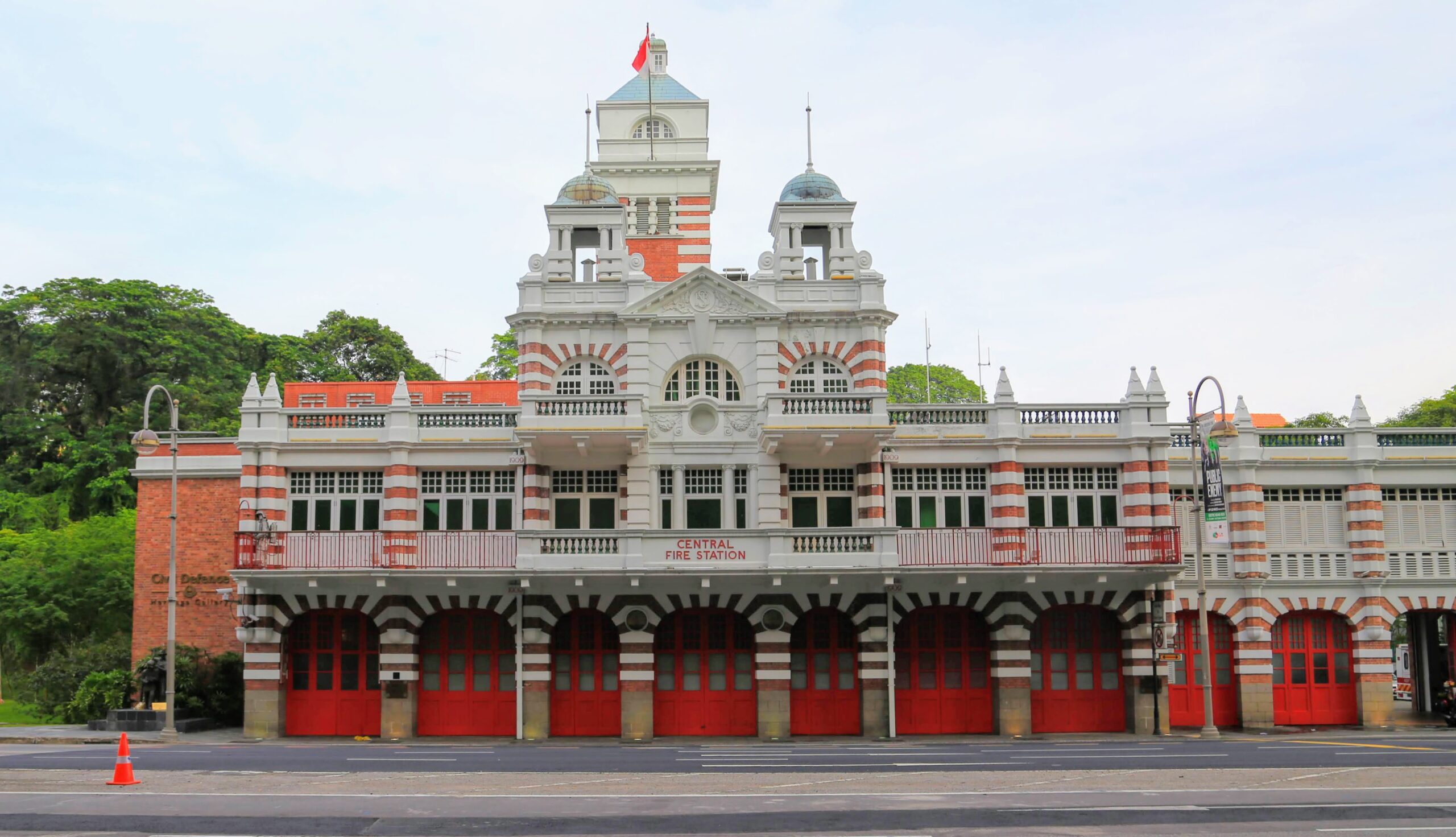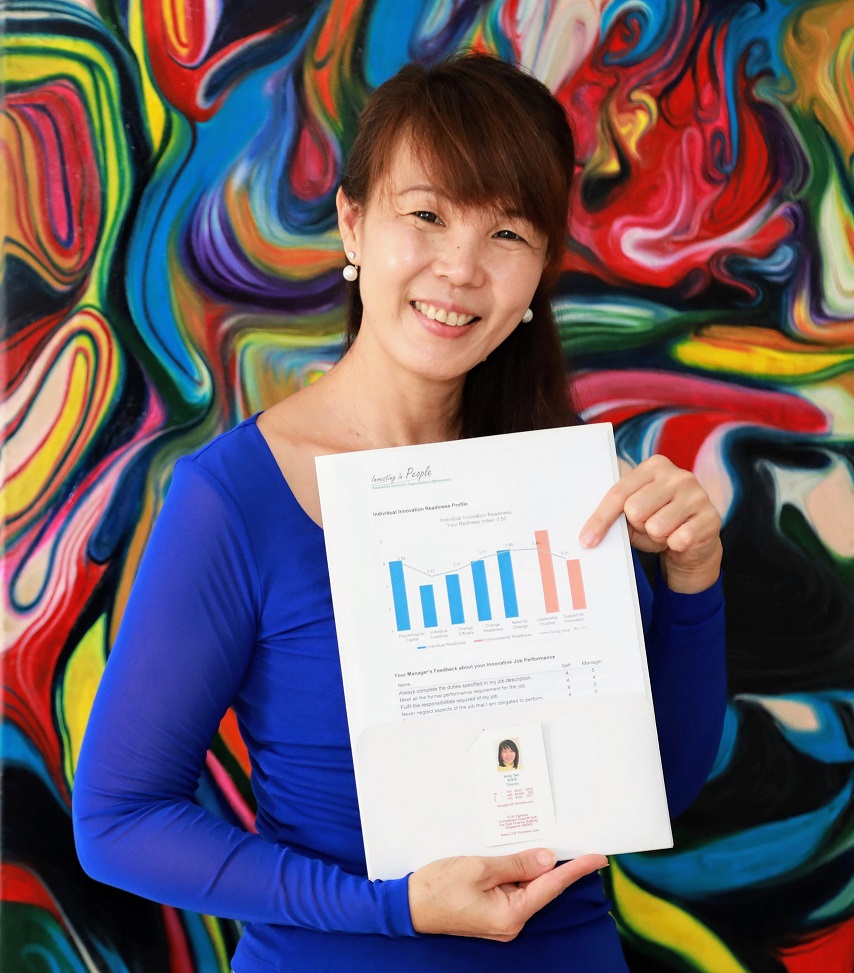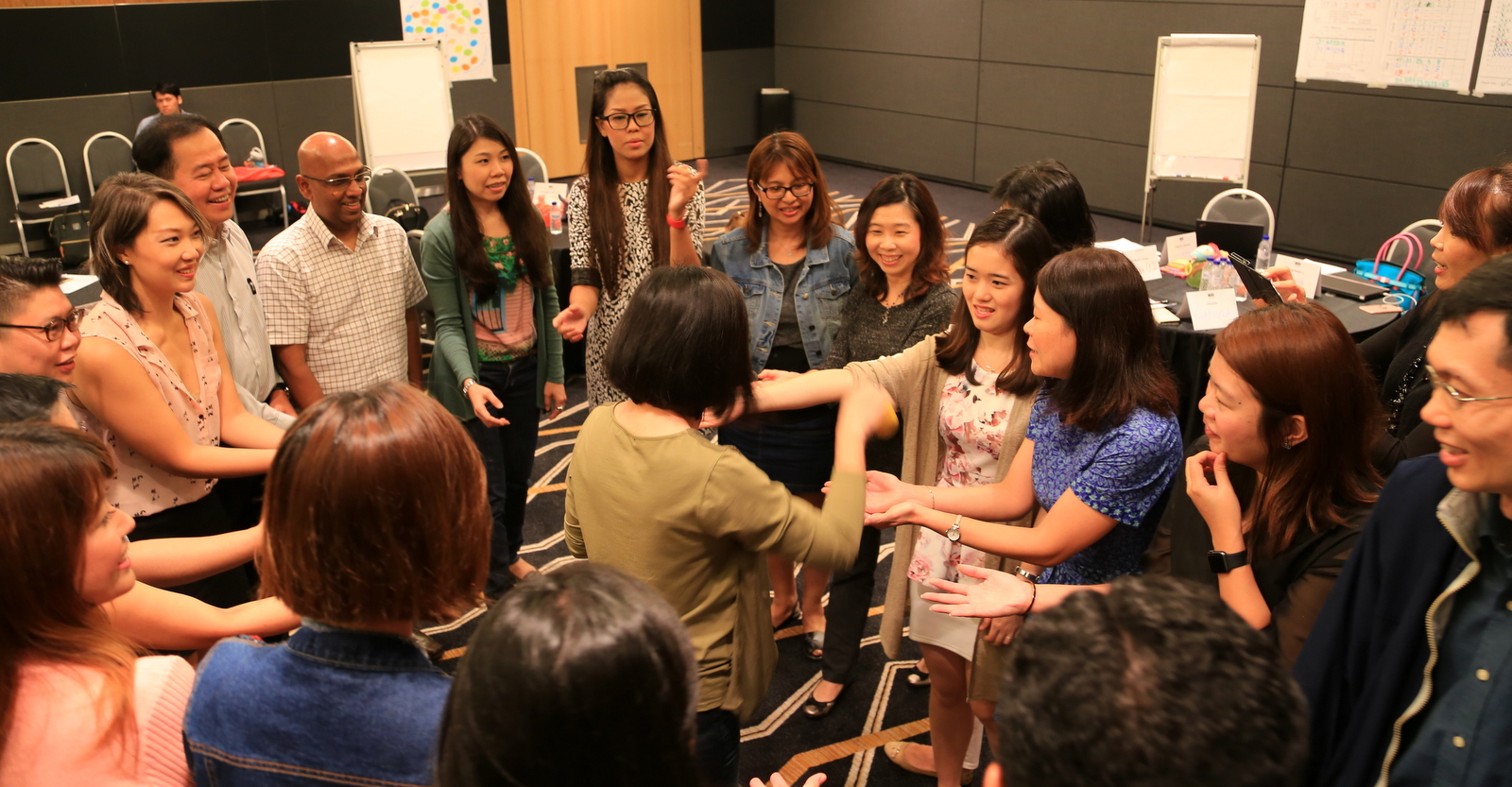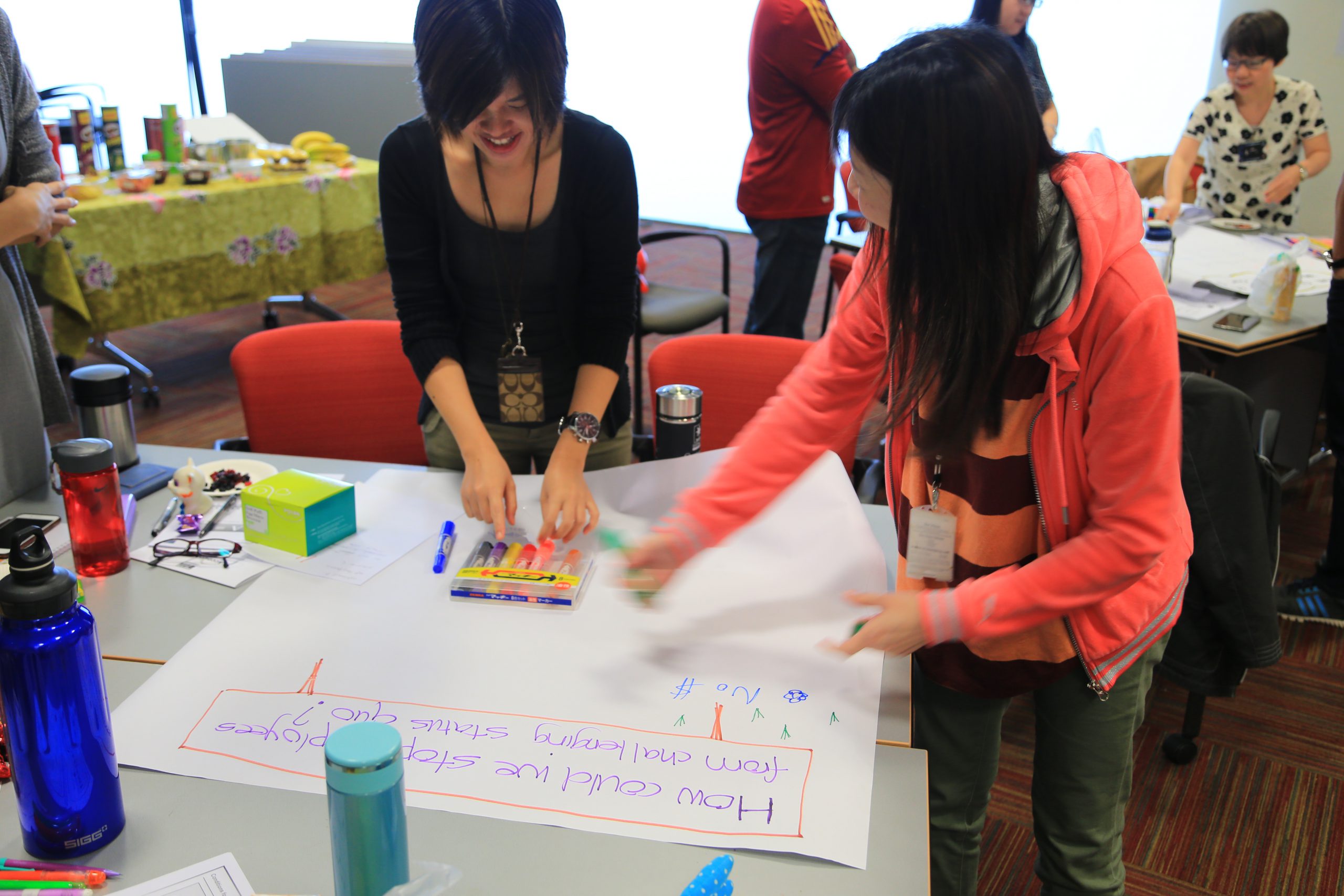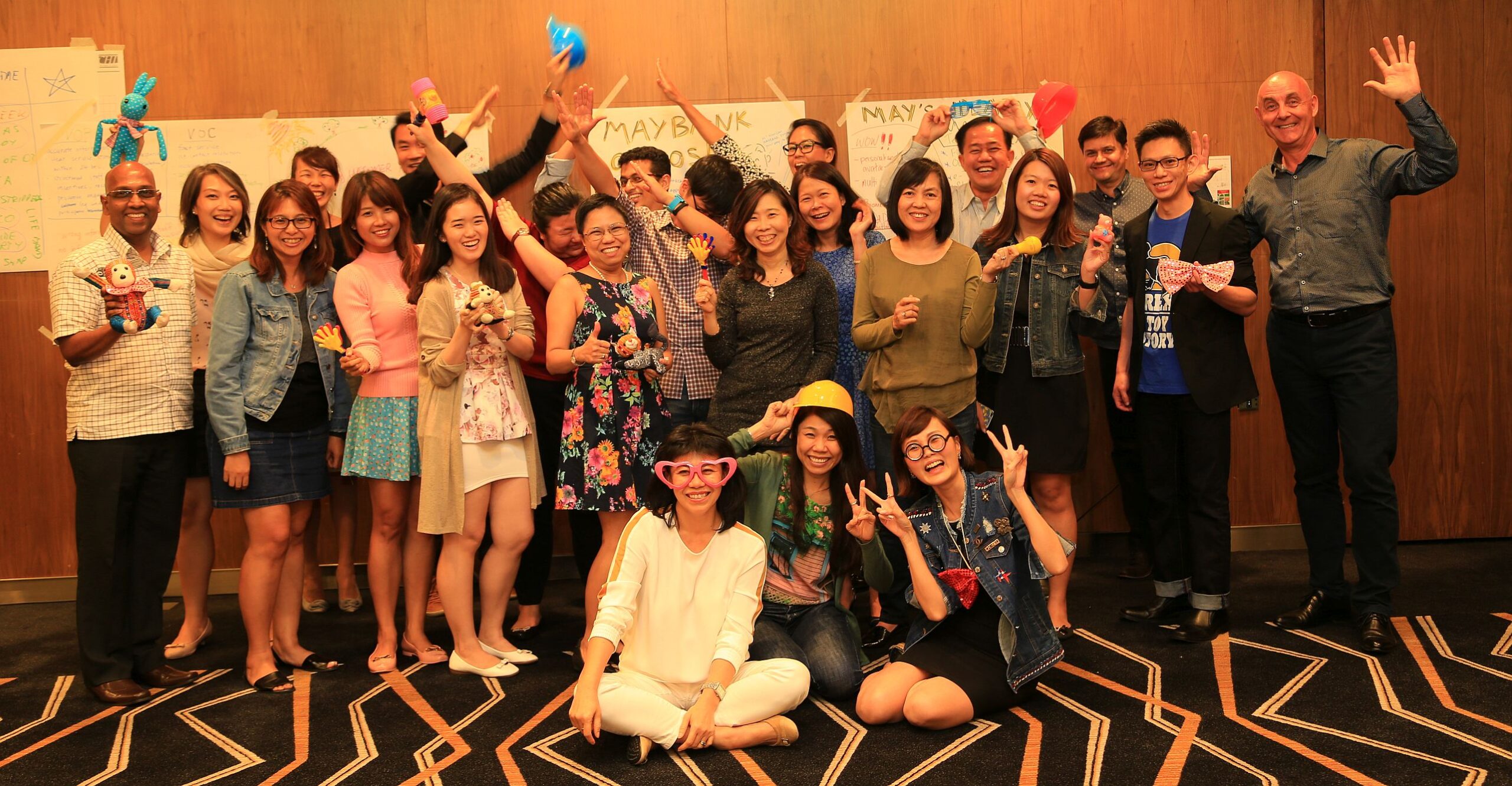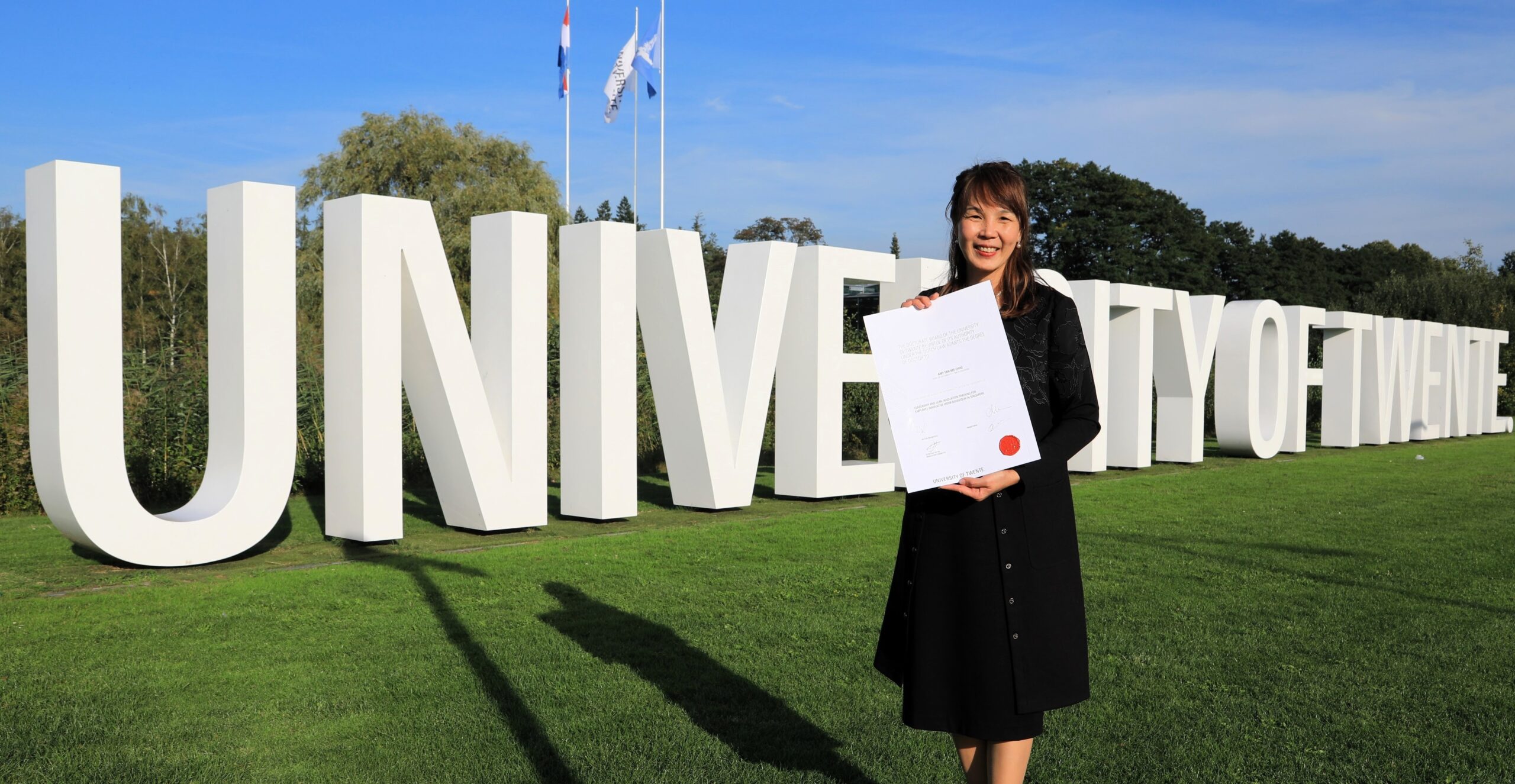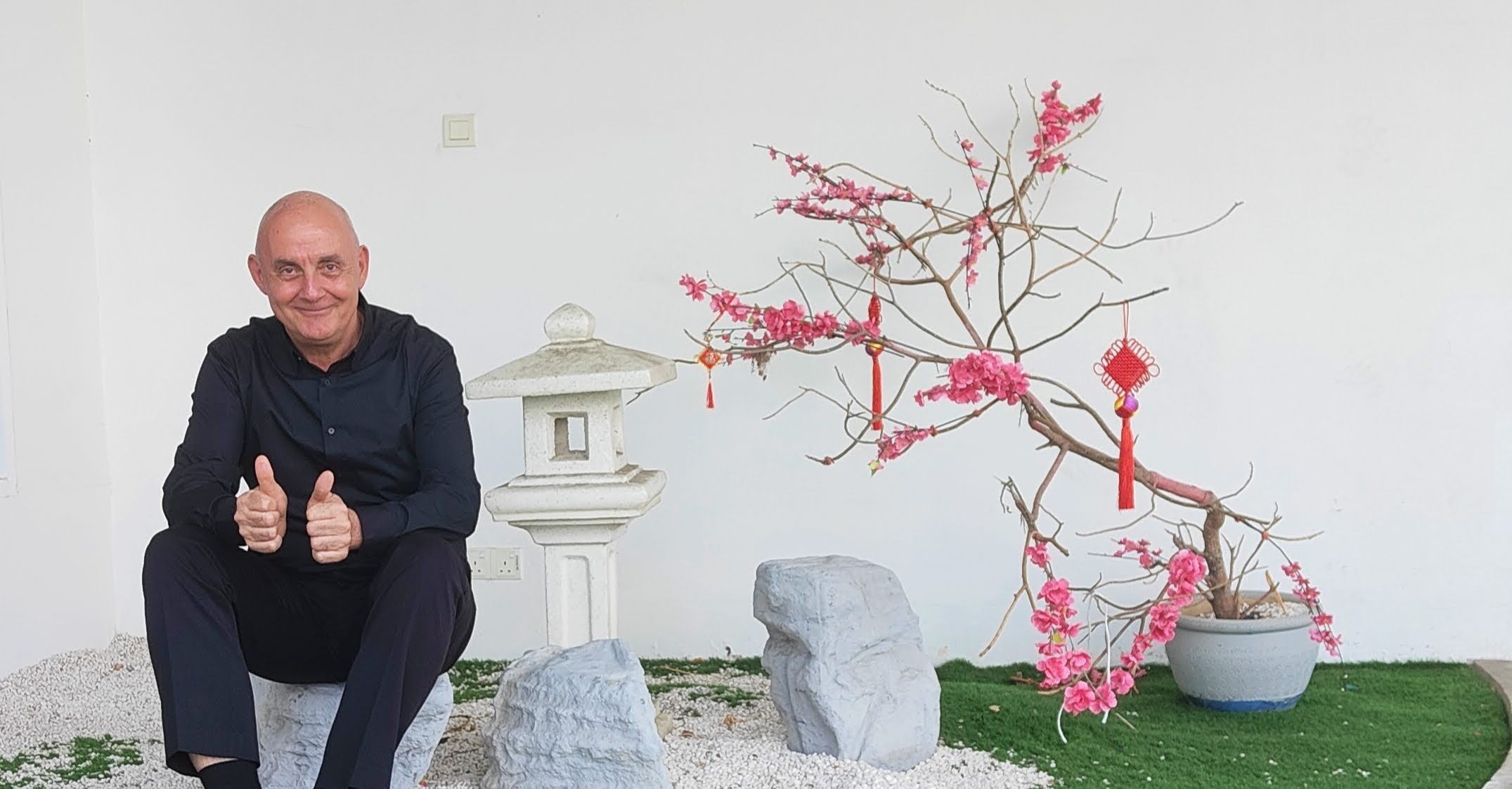In conclusion, as any other initiative involving changing processes, regulations, policies or procedures, managing the change is as critical as solving the problems at hand. Without managing change in a systematic way, staff may not support the changes. Hence, innovation may not take place.
Finally, managing the change starts with the leaders and needs support from managers, supervisors and all staff. There are group-style interventions and there are one-on-one interventions we offer to close capability and competency gaps.
